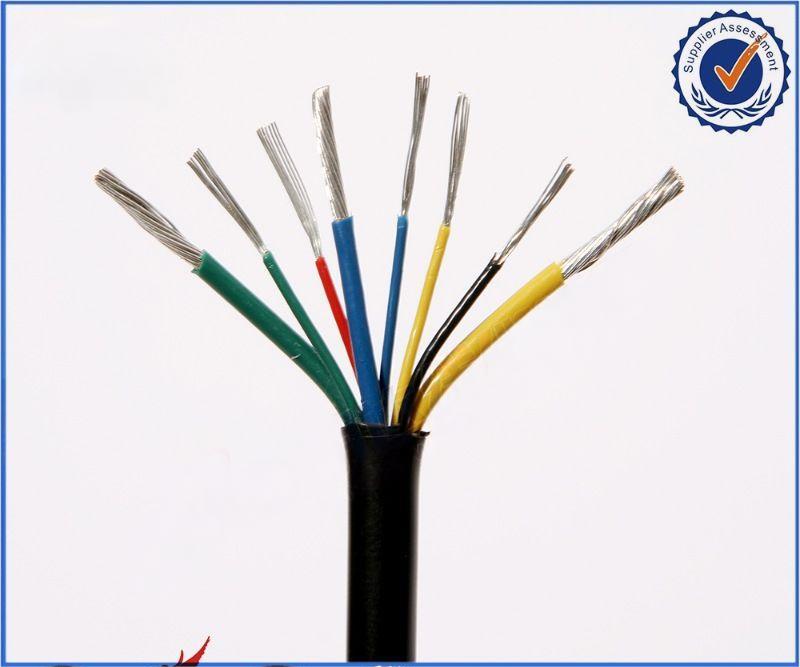Dec . 06, 2024 20:21 Back to list
din metal seat gate valve
Understanding DIN Metal Seat Gate Valves Features and Applications
DIN metal seat gate valves are essential components in various industrial systems, particularly where tight shut-off and high durability are required. These valves are designed according to the standards set by the German Institute for Standardization (Deutsches Institut für Normung, or DIN), known worldwide for their rigorous specifications that ensure reliability and performance.
Key Features of DIN Metal Seat Gate Valves
1. Construction Quality One of the standout features of DIN metal seat gate valves is their robust construction. They are typically made from high-grade materials such as stainless steel, carbon steel, or special alloys, which not only provide strength but also enhance resistance to corrosion and wear. The metal seats ensure that the valve can handle high-pressure applications without compromising its integrity.
2. Seal Integrity The metal seating surface of these valves provides superior sealing capabilities compared to soft-seated valves. In applications involving high temperatures or high-pressure systems, metal seats can withstand conditions that would typically degrade softer materials. This durability reduces the chances of leaks, thereby increasing safety and efficiency in industrial processes.
3. Design Versatility DIN metal seat gate valves come in various designs and sizes, making them suitable for numerous applications across different industries. They can be used in systems involving liquids, gases, and even slurries. This versatility makes them a go-to choice for engineers and designers when specifying valve solutions.
4. Flow Control Gate valves are designed for full flow, meaning they provide minimal resistance when fully opened. This characteristic is particularly crucial in applications where maintaining a smooth flow of media is necessary. The design allows for quick and efficient operations, making them ideal for on/off control in pipelines.
5. Ease of Maintenance With fewer moving parts compared to other valve types, DIN metal seat gate valves are generally easier to maintain. Their straightforward construction allows for easy disassembly and inspection, making routine maintenance and repairs less time-consuming and costly.
Applications of DIN Metal Seat Gate Valves
din metal seat gate valve

DIN metal seat gate valves find extensive applications in various sectors, including
- Water Treatment Plants These valves are used to manage the flow of water through filtration and treatment processes, ensuring that clean water is delivered to consumers.
- Oil and Gas Industry In exploration and extraction processes, these valves can handle the high-pressure environment typical in offshore and onshore applications, making them indispensable for safe operation.
- Chemical Processing The chemical industry often requires valves capable of withstanding corrosive substances. DIN metal seat gate valves are well-suited for such tasks, as their metal seats can resist chemical degradation.
- Power Generation From steam to cooling water systems, gate valves play a critical role in the efficient operation of power plants by regulating the flow of fluids necessary for energy production.
- HVAC Systems In heating, ventilation, and air conditioning systems, these valves help control water and steam flow, thereby optimizing the performance of the entire system.
Conclusion
DIN metal seat gate valves combine strength, reliability, and efficiency, making them essential components in many industrial applications. Their robust construction ensures longevity, while their excellent sealing capabilities reduce the risk of leaks. As industries continue to evolve and demand higher performance standards, the role of these valves becomes increasingly vital in meeting those demands.
Understanding the features and applications of DIN metal seat gate valves enables engineers and technicians to make informed decisions when selecting the appropriate valve for their systems. Emphasizing quality and adherence to industry standards, these valves represent a critical link in ensuring the safe and efficient operation of various industrial processes.
Share
-
Reliable Wafer Type Butterfly Valves for Every IndustryNewsJul.25,2025
-
Reliable Flow Control Begins with the Right Ball Check ValveNewsJul.25,2025
-
Precision Flow Control Starts with Quality ValvesNewsJul.25,2025
-
Industrial Flow Control ReliabilityNewsJul.25,2025
-
Engineered for Efficiency Gate Valves That Power Industrial PerformanceNewsJul.25,2025
-
Empowering Infrastructure Through Quality ManufacturingNewsJul.25,2025